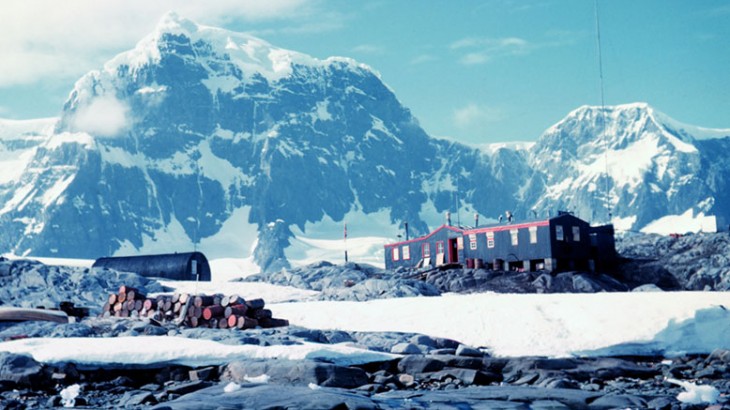End of the earth

It’s a job which promises no running water, no social media, sub-zero temperatures, and a commute that will challenge the resolve of even the most stoical South Western Railway passengers.
Oh yes, and you'll have to pick up the poo of 2,000 of your closest colleagues. Those attracted to operating the world’s most southerly post office at Port Lockroy in Antarctica are warned that it takes around two weeks by plane and boat to travel the 11,000 miles to their new home.
As well as hand franking 80,000 postcards and letters to send to more than 100 countries, the team of four post office staff spend November to March running the shop, post office and museum operation.
Port Lockroy stands on a grizzled outcrop named Goudier Island. There are no showers, no flushing toilets, no mains electricity, and temperatures can be well below zero even in summer. There’s also no central heating, no phone signal, and no means of communication with the world other than VHF radio and satellite phones for emergencies. And no darkness, either - being the southernmost tip of the globe, it’s daylight pretty much 24 hours a day.
Each year, the UK Antarctic Heritage Trust, which is based in Cambridge, advertises for a new intake of seasonal postal workers. In September, five hardy individuals beat off the competition from more than 200 others to run the UK's most remote ‘Penguin Post Office’ for five months. They started last month and will return to the UK in March.
Port Lockroy was home to explorers and whalers before becoming the first permanent British base to be established on the Antarctic Peninsula. Built in 1944, it was used as a science base until 1962, when it closed permanently. Restoration began in the 1990s and since 2006 it has been managed as a post office and museum.
The island is deserted for most of the year but comes to life during the Antarctic summer when the Trust’s staff are shipped in and thousands of tourists begin arriving. More than 120 cruise ships visit the base during an average Antarctic summer season and tourists send more than 60,000 postcards home – all of which need to be franked by the post office staff.



